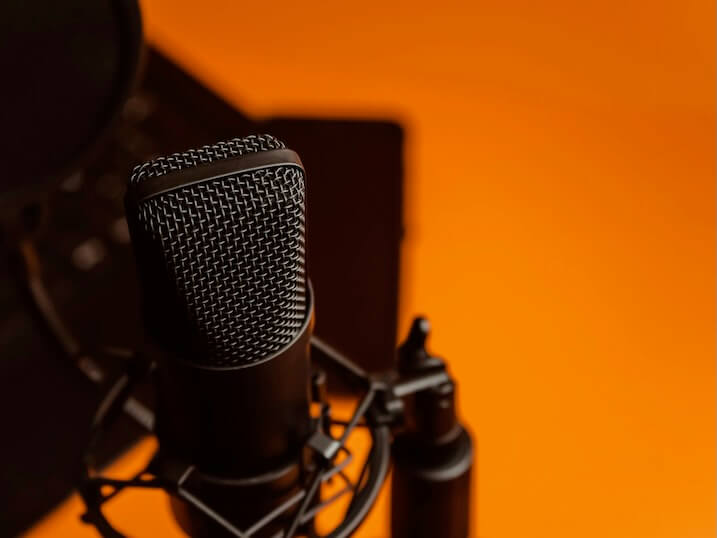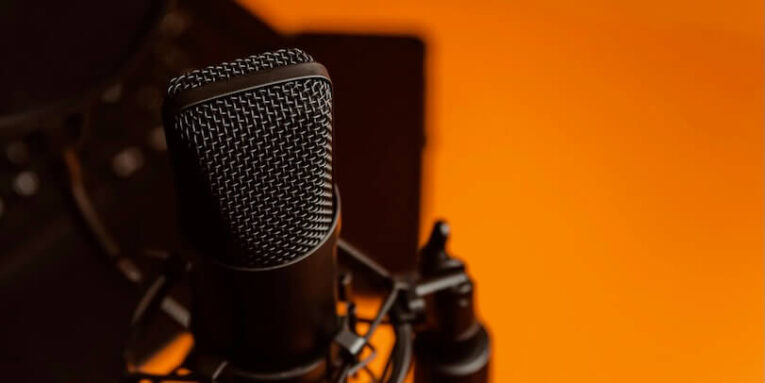The podcasting world’s exploding right now, and honestly? US poker content is crushing it. There’s something about the mix of strategy, psychology, and those heart-stopping moments that keeps listeners coming back for more.
If you’re passionate about poker and want to build a real community around your podcast, you’ve got to do more than just talk about hand ranges and pot odds.
Your audience craves connection. They want to feel like they’re sitting at the table with you, not just listening to another generic poker lecture.
I’ve seen too many poker podcasts fade into obscurity because they sound like textbooks. Don’t be that guy. Here are five strategies that actually work for building engagement with US poker audiences.

Tip 1: Share Personal Poker Stories
Here’s the thing about poker stories – everyone’s got them. That brutal bad beat at 2 AM. The time you folded pocket kings and it was actually the right call. The first time you walked into a casino and felt completely out of your league.
These moments? They’re podcast gold.
I remember listening to a podcast where the host described getting knocked out of a World Series of Poker event by going all-in with ace-king against pocket aces. Instead of just saying “I lost with AK,” he painted the whole picture.
The smell of the tournament room. His hands shaking as he pushed his chips forward. The sick feeling when his opponent flipped over rockets.
That’s the difference between boring and captivating.
Your listeners don’t just want strategy tips – they can get those anywhere. They want to know about the time you bluffed a guy out of a $500 pot with seven-high because you read his tell perfectly. Or when you made the worst call of your life and somehow got lucky.
Ask your audience to share their stories too. Create a segment called “Bad Beat of the Week” or “Hero Call Stories.” When people hear their stories on your show, they become invested. They’ll tell their friends. They’ll keep coming back.
Tip 2: Focus on US Poker Trends
The US poker scene changes fast. New states legalize online poker, casinos open new rooms, and tournament structures evolve. If you’re not staying current, you’re falling behind.
But here’s what most podcasters get wrong – they just report the news. That’s boring. Anyone can read a press release about Pennsylvania launching online poker.
I’ve noticed the most successful US poker podcasts don’t just cover what happened – they predict what’s coming next. They interview local tournament directors. They talk to players who’ve been grinding the circuit for years.
Your audience wants insider knowledge they can’t get from reading poker news websites. Give them that edge, and they’ll keep listening.
Tip 3: Incorporate Interactive Elements
Static podcasts are dead. Well, not dead, but they’re definitely not growing.
The podcasts that explode are the ones that make listeners feel involved. Live Q&A sessions work great for poker content because there’s always something to debate. Should you call with pocket tens in that spot? How do you handle aggressive players at low stakes?
But don’t just do generic Q&As. Get specific about US poker situations.
“Sarah from Vegas wants to know about tournament structures at the Aria versus the Bellagio.” That’s content you can’t find anywhere else.
Try running prediction contests for major tournaments. “Who’s making the final table of the WSOP Main Event?” Let listeners vote, and give the winner a shoutout or small prize.
I’ve seen podcasts create private Facebook groups or Discord servers where listeners can discuss hands between episodes. Some hosts even review hands that listeners submit, which creates incredible engagement because everyone wants their hand featured.
The key is making your audience feel like they’re part of something, not just consuming content.
Tip 4: Leverage Social Media Platforms
Social media isn’t optional anymore. It’s where your audience lives between episodes.
But most poker podcasters use social media wrong. They just post “New episode is live!” and wonder why nobody cares.
Here’s what works: behind-the-scenes content. Show yourself prepping for interviews. Share photos from the poker room where you’re recording. Post quick strategy tips that didn’t make it into the episode.
Twitter’s perfect for live-tweeting major tournaments. Instagram works great for showing the lifestyle side of poker. Facebook groups can become thriving communities where your listeners connect with each other.
I know one podcaster who posts hand analysis videos on Instagram Stories. Takes him five minutes, but his engagement went through the roof because people love getting quick strategy content.
The biggest mistake? Trying to be everywhere at once. Pick two platforms and dominate them rather than posting mediocre content on five different sites.
Conclusion
Building a loyal US poker podcast audience isn’t about having the best equipment or the most famous guests. It’s about creating genuine connections.
Your listeners can get poker strategy from books and training sites. What they can’t get elsewhere is your unique perspective on the US poker scene, combined with authentic storytelling and real community engagement.
The podcasters who succeed long-term are the ones who make their audience feel like friends, not customers. They share personal stories, stay current with trends, create interactive experiences, and use social media to build relationships.
Start implementing these strategies today. Your future audience is waiting.
People also read this: Mobile-First Business Models: Lessons from Gaming and Casino Apps

